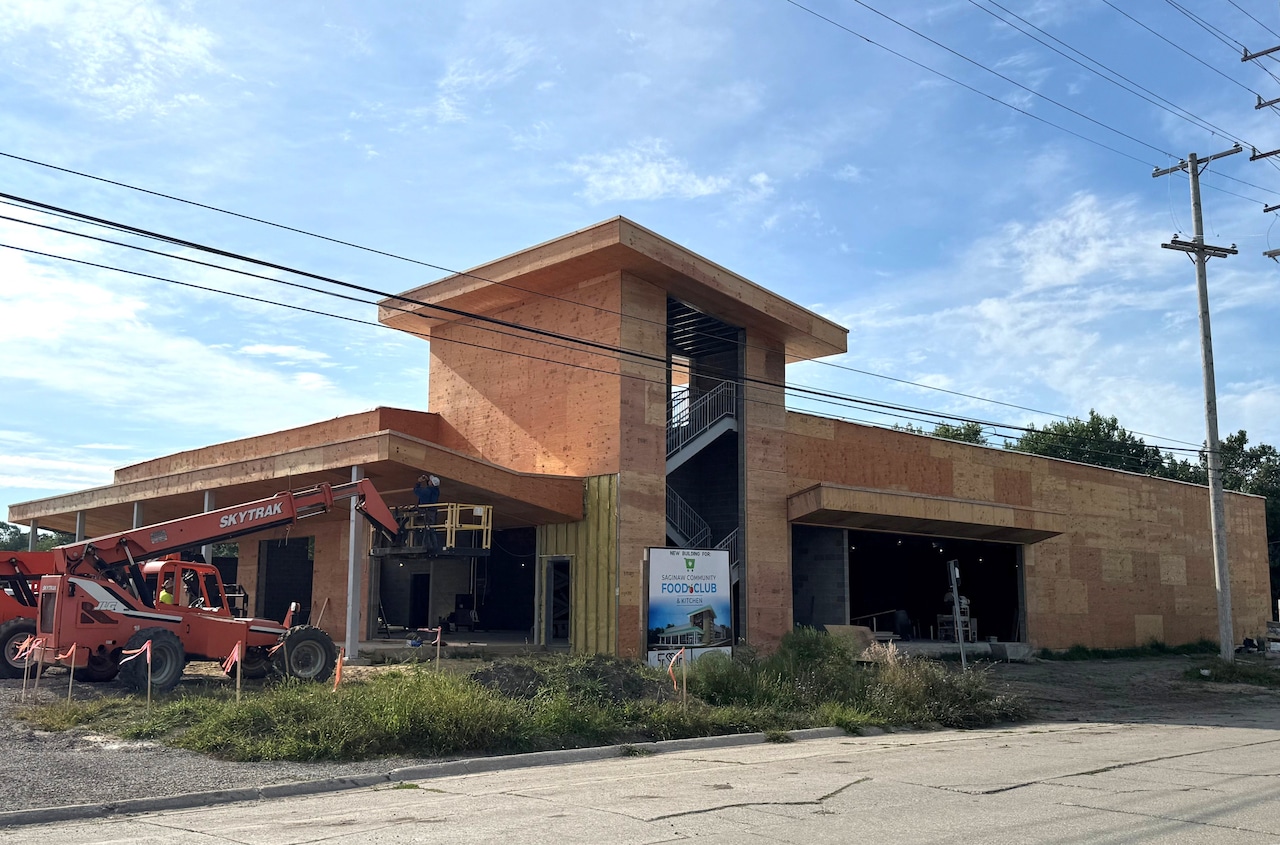Summary
Why do some patients with metabolic dysfunctionassociated steatotic liver disease progress rapidly to cirrhosis while others with seemingly identical risk profiles remain stable? A groundbreaking new study reveals a striking answer: Where your patients buy their groceries may be as important as the…
Source: Gastroenterology & Endoscopy News

AI News Q&A (Free Content)
Q1: What are food deserts, and how do they impact public health?
A1: Food deserts are areas with limited access to affordable and nutritious foods, primarily affecting low-income communities. They contribute to various health outcomes, including higher rates of obesity, diabetes, and cardiovascular diseases. Residents often rely on processed foods high in sugar and fats due to the scarcity of fresh produce, leading to poor diet quality and associated health risks.
Q2: How does metabolic dysfunction-associated steatotic liver disease (MASLD) relate to food deserts?
A2: MASLD, a liver condition linked to metabolic risk factors, may be exacerbated by living in food deserts. These areas often lack access to nutritious foods, which can lead to poor dietary habits contributing to obesity and insulin resistance, known risk factors for MASLD. Early identification and intervention are crucial for managing MASLD, particularly in young adults.
Q3: What recent research highlights the impact of food deserts on health outcomes?
A3: Recent studies have shown that living in food deserts is associated with adverse cardiovascular events, independent of traditional risk factors. The lack of access to nutritious foods and the prevalence of unhealthy dietary options contribute significantly to these health outcomes, underscoring the need for community-level interventions.
Q4: How can food assistance programs help alleviate the challenges of food deserts?
A4: Food assistance programs, such as food pantries and banks, can play a vital role in mitigating food insecurity in food deserts. By improving the accessibility of food assistance and targeting underserved areas, these programs can enhance the availability of nutritious foods and potentially improve the overall health of residents.
Q5: What role do online-to-offline (O2O) food delivery platforms play in food deserts?
A5: O2O food delivery platforms expand access to a variety of food options but raise concerns about nutritional quality. These platforms may create 'cyber food swamps,' characterized by a high proportion of fast food options. This trend can influence dietary behaviors negatively, particularly in low-income and younger populations.
Q6: What are some structural barriers that contribute to the persistence of food deserts?
A6: Structural barriers include the limited presence of supermarkets in low-income areas, transportation challenges, and economic constraints. These factors make it difficult for residents to access affordable, healthy foods, perpetuating the cycle of poor dietary habits and associated health issues.
Q7: What policy interventions are suggested to address the issues of food deserts?
A7: Policy interventions could include increasing the number of grocery stores in underserved areas, enhancing food affordability, and providing nutrition education. Zoning modifications and financial incentives for new store development could also help, but they must be coupled with efforts to change food-purchasing behaviors.
References:
- Food desert
- Unveiling the Silent Threat: Metabolic Dysfunction-Associated Steatotic Liver Disease Risk in Young Adults Through Noninvasive Assessment
- Published: 2025-09-04
- Application of Clustering Analysis for Investigation of Food Accessibility
- Published: 2019-09-18
- Cyber Food Swamps: Investigating the Impacts of Online-to-Offline Food Delivery Platforms on Healthy Food Choices
- Published: 2025-05-02
- Limited Access to Healthy Foods
- Access to Affordable Nutritious Food Is Limited in Food Deserts
- A national study of the association between food environments and county-level health outcomes






